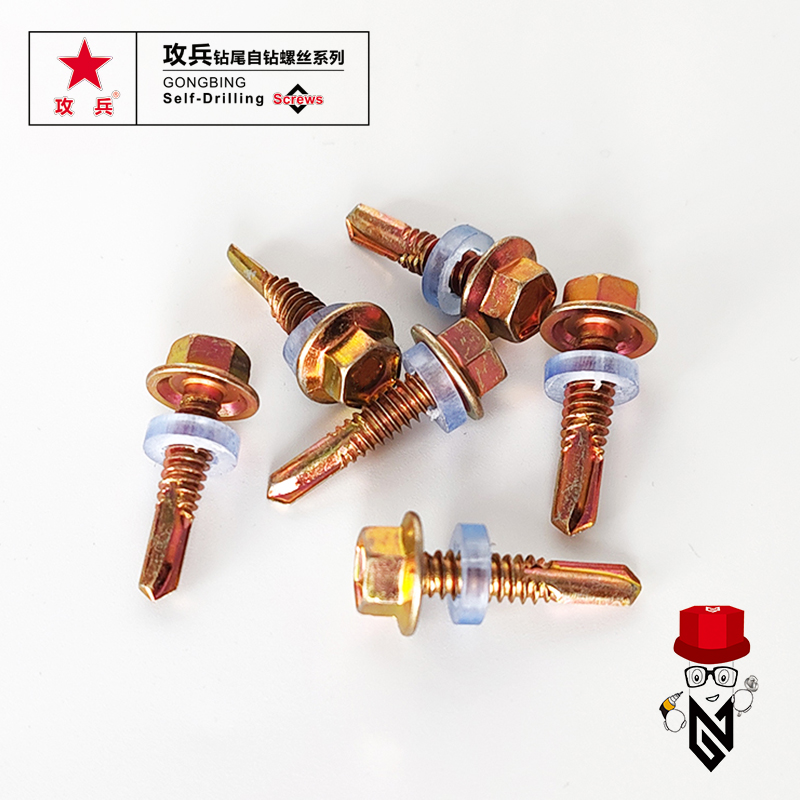Preparing for Structural Integrity in Steel Construction Projects to Enhance Performance and Safety
Bracing for Steel Structures Enhancing Stability and Safety
Bracing in steel structures plays a vital role in ensuring the stability and safety of buildings and bridges. It refers to a system of structural supports that helps resist lateral forces, such as wind and seismic activity, thereby maintaining the integrity of the overall framework. As urbanization accelerates and more complex structures are designed, understanding the principles and applications of bracing has become increasingly important in civil engineering.
One of the primary functions of bracing is to provide lateral stability to tall and slender steel structures. In the absence of adequate bracing, such structures are prone to buckling or swaying under the influence of lateral loads. These loads can arise from various sources, including wind pressure acting on the building's surface and earthquakes generating ground motion. By implementing bracing systems, engineers can effectively manage these forces, ensuring that the structure remains upright and functional.
There are several types of bracing systems commonly utilized in steel construction, each with its unique benefits. The most widely used forms include diagonal bracing, cross bracing, and shear panels.
Bracing for Steel Structures Enhancing Stability and Safety
2. Cross Bracing Similar to diagonal bracing, cross bracing employs diagonal members but crosses them to form an 'X' shape. This design provides even greater resistance to lateral forces and is commonly used in high-rise buildings and towers. Cross bracing can be constructed using either steel rods or plates, depending on the specific requirements of the project.
bracing for steel structures

3. Shear Panels These panels are placed within the frame of the structure and act as vertical shear walls. Shear panels are typically made of reinforced concrete or plywood, offering a high level of resistance against lateral loads. This system is often employed in areas prone to severe wind and seismic activity, providing a robust solution for enhancing the overall stability of the structure.
Selection of the appropriate bracing system is contingent upon several factors, including the building's height, location, and intended use. For instance, buildings in earthquake-prone regions may require more extensive bracing, while structures in less volatile environments could utilize simpler designs. Additionally, aspects such as aesthetics, construction cost, and material availability also influence the decision-making process.
In recent years, advances in technology have further revolutionized the design and analysis of bracing systems. Software tools equipped with sophisticated simulation capabilities allow engineers to predict how a structure will respond to various stressors. These technologies enable the optimization of bracing configurations, ensuring that they meet safety standards while remaining economical.
Furthermore, with a growing emphasis on sustainability, innovative materials and construction techniques are being explored to improve bracing systems. These advancements aim to reduce the carbon footprint of building projects while maintaining safety and performance.
In conclusion, bracing is an essential component in the design and construction of steel structures. By providing lateral stability and resistance to dynamic forces, bracing systems enhance the safety and longevity of buildings and bridges. As engineering practices evolve and technologies advance, the effectiveness and efficiency of bracing techniques will continue to improve, ensuring that future structures can stand tall and withstand the challenges posed by nature.
-
Weatherproof Plastic Expansion Anchors for OutdoorსიახლეებიJun.06,2025
-
Sustainability in the Supply Chain: Eco-Friendly TEK Screws ProductionსიახლეებიJun.06,2025
-
Load-Bearing Capacity of External Insulation FixingsსიახლეებიJun.06,2025
-
Double Head Bolts: Enhancing Efficiency in Industrial MachineryსიახლეებიJun.06,2025
-
Corrosion Resistance in Chipboard Screws: Coatings for Wholesale DurabilityსიახლეებიJun.06,2025
-
Butterfly Toggle Bolts : Enhancing Structural ResilienceსიახლეებიJun.06,2025
